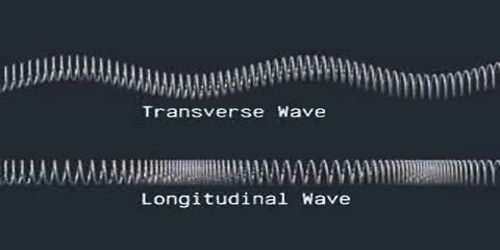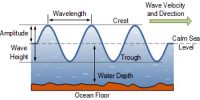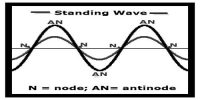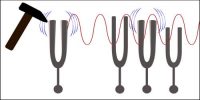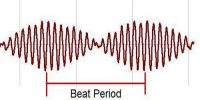Experiment: Demonstration of transverse wave:
In this experiment a few rods of equal length is taken. There is a small ball on top of each of the rod and at the other end of each rod there is a disc [Figure]. These discs are attached to a rotating rod having a handle in such a way that all the discs remain more or less in eccentric condition. That means the rods are attached through different discs at different positions and the rods remain in vertical position.
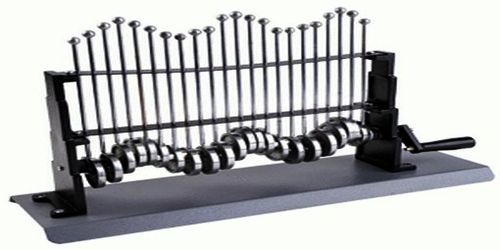
When the handle is rotated discs also rotate and the rods move up and down. As the discs are in eccentric position, the balls on the different discs do not move up and down at the same time rather move up and down progressively. If the motion of the balls is observed carefully it will be seen that the wave travels perpendicular to the motion of the balls. So, the wave generated in this case is a transverse wave. For transverse waves the displacement of the medium is perpendicular to the direction of propagation of the wave. A ripple on a pond and a wave on a string are easily visualized transverse waves.
